As computers became both more powerful and more affordable, engineering software vendors started to re-think typical workflows. One major result was the introduction of simulation-driven design. The result today is a revolution in product design that makes the old adage “form follows function” more important than ever. The potential is better than ever for new parts and products that work better, last longer, and do less harm to the environment.
Simulation Beginnings
At first, simulation in the design process consisted of simple kinematic studies performed on the side and “real” simulation was reserved for specialists. Then in 2018, Ansys introduced Discovery Live, calling it a tool for “real-time simulation for rapid product exploration.” The product was aimed at designers. At the root of Ansys Discovery Live was two existing technologies, one CAD and one CAE.
The CAD technology was SpaceClaim, a next generation CAD tool acquired a few years earlier. SpaceClaim could import all leading MCAD file formats, and used direct editing to bypass the limitations of parametric modeling. The CAE technology was drawn from the deep knowledge of simulation and analysis that made Ansys the largest CAE-specific vendor.
Discovery Live allowed any engineer or product designer to bring sophisticated questions about weight, function, motion, and other key physical dynamics into the early stages of product design. The result was the ability to streamline product development by answering more questions sooner, leading to less iterations of prototyping and moving faster into production.
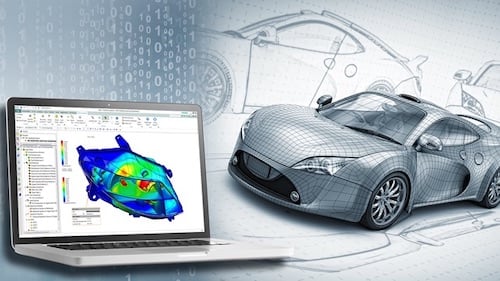
Siemens Simcenter 3D is one of several products that allows engineers to frontload simulation into the design cycle. Image source: Siemens Digital Industries Software.
Introducing DfAM
Since 2018, all major MCAD vendors have responded with various upgrades or new products to provide similar features. The frontier then was up-front simulation; today the frontier is taking the merger of design and simulation and applying it to additive manufacturing, in a new process called Design for Additive Manufacturing (DfAM).
Simulation-driven design is a methodology using specific software. By comparison, DfAM is more an emphasis on intentions. To design with a goal of additive manufacturing is to focus on elements including manufacturability, functional performance, materials, reliability, and cost — all with an eye to the specific 3D printing method that will be used for production.
Even before 3D printing, choosing the right materials for a product was always a key question. Now it becomes even more important, as not every material available to traditional manufacturing methods is available for production-volume 3D printing.
Dr. Michael Grieves is the chief scientist for advanced materials at Florida Institute of Technology and generally regarded as the “father” of the Digital Twin concept. Discussing the future of DfAM, he once said, “The future is going to be custom materials.” As he described it, the engineering team will send specifications to the material maker, based on the needs of both the product and the 3D printing method to be used. “We won’t have to pour it into a big vat like an old factory. Instead, we tailor the material to the idea.”
Like simulation-driven design, design for additive manufacturing brings more knowledge exploration and knowledge application upfront in the product design process. Instead of CAD tools being used only for geometric design, product design becomes a more holistic and inclusive process by including materials in the conversation from the start.
ANSYS Discovery was the first commercial software product designed for bringing simulation into the design process. Image source: ANSYS. Click image to enlarge.
Lifecycle Insights
DfAM encourages even more use of simulation-driven design, notes a study from the LUT School of Engineering Science in Finland. A research team looked at the value of merging simulation-driven design with design for additive manufacturing, a process they dubbed “simulation-driven DfAM.” The goal was to gain insight into lifecycle costs by comparing traditional metal part production with laser-based powder bed fusion, a popular metal 3D printing process suitable for final part production.
Generally, lifecycle costing studies focus on four processes: Design, Build, Use, and End of Life (EOL). The LUT team noted Simulation-driven DfAM influences the first two stages and creates more efficient information for the last two stages.
"Design engineers must understand the implications of part designs during the Use and EOL phases in advance to be able to create models that comply with all the phases of life cycle of the products, ” the team stated in their published research.
The researchers came to four conclusions.
- Application of simulation-driven DfAM is efficient when used with laser-based powder bed fusion (L-PBF).
- Using simulation-driven DfAM for design optimization usually results in enhanced part functionality and cost-effectiveness.
- In on-demand and on-time manufacturing environments, using L-PBF reduces operational and inventory costs, resulting in competitive advantage.
- A lifecycle costing approach to simulation driven DfAM reveals both real costs and hidden costs for energy, materials, personnel, and machine productivity.
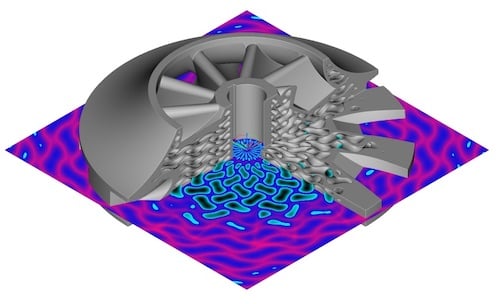
nTopology is a relatively new CAD program designed specifically for preparing parts for additive manufacturing. It is a leader in the new field of DfAM. Image source: nTopology.
The Next Frontier for Manufacturing
Since the industrial revolution, design has been about assembly, conventional manufacturing, and generic materials. DfAM offers a new industrial paradigm of part consolidation, lightweighting, improved performance, and sustainability with custom materials.
A team at McGill University used the example of throttle pedal assembly to study the differences between conventional design and manufacturing and DfAM and part consolidation techniques. They concluded the DfAM approach can be more environmentally friendly. Lifespan can be improved by more than 200% if weight savings of at least 30% are achieved.
The study also noted that additive manufacturing frees designers from having to worry about conventional manufacturing techniques. The creation of novel parts eliminates many joining processes, a substantial generator of material waste and CO2. Less tooling is required, which also reduces the environmental burden. The research team noted these advantages, citing previous studies claiming 80% of a product’s environmental damage is established after 20% of the design activity is complete.
The marriage of simulation-driven design and additive manufacturing is not just a trend to allow vendors to reach deeper into the pockets of manufacturing and engineering companies, but a path forward in the quest for products that do more with less while reducing their environmental footprint.

Searching for more information about Product Design & Manufacturing?
Click here!
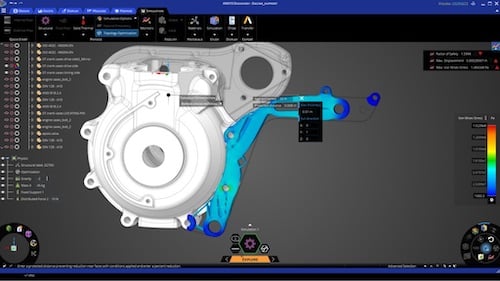


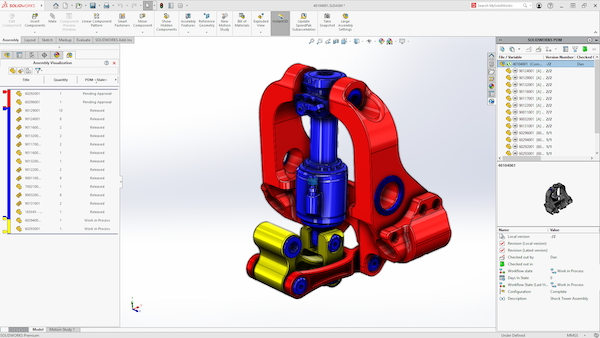
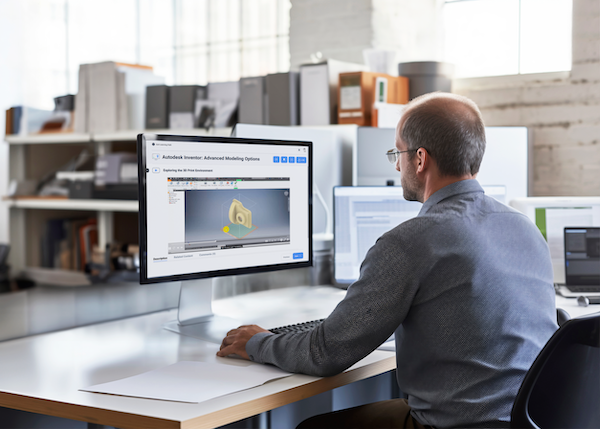

Share This Post